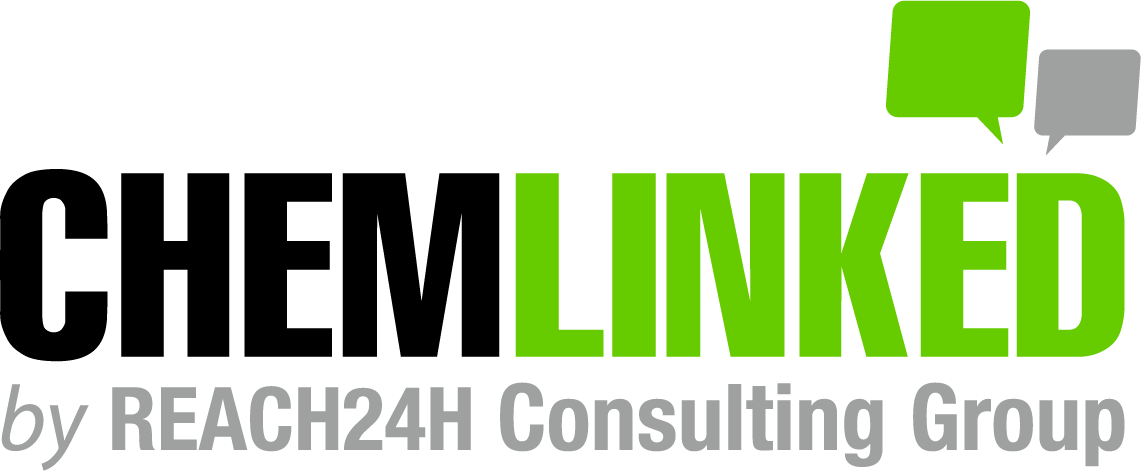Updates: On January 23, 2024, ECHA officially added 5 new chemicals to the Candidate List. In addition, the entry for DBP was also updated to include its endocrine disrupting properties for the environment.
The list now contains 240 entries. Next, these substances may be placed on the Authorisation List in the future. Companies need to apply for authorisation to continue the uses once they are on that list.
On September 1, 2023, European Chemical Agency (ECHA) released a proposal to consult on the listing of six substances as substances of very high concern (SVHC). ECHA will accept comments until October 16, 2023.
Dibutyl phthalate (DBP) was already included in the Candidate List in 2008 for reason of 'toxic for reproduction' and 'endocrine disrupting properties – human health'. The proposal aims to identify a new hazard - 'endocrine disrupting properties – environment' for DBP.
Highlights of the proposed addition are summarized below:
| Name | EC No | CAS No | Reason for proposing | Application |
2,4,6-tri-tert-butylphenol (2,4,6-TTBP) | 211-989-5 | 732-26-3 | Toxic for reproduction, PBT, vPvB |
|
2-(2H-benzotriazol-2-yl)-4-(1,1,3,3-tetramethylbutyl)phenol (UV-329) | 221-573-5 | 3147-75-9 | vPvB |
|
| 2-(dimethylamino)-2-[(4-methylphenyl)methyl]-1-[4-(morpholin-4-yl)phenyl]butan-1-one | 438-340-0 | 119344-86-4 | Toxic for reproduction |
|
| Bumetrizole (UV-326) | 223-445-4 | 3896-11-5 | vPvB |
|
| Dibutyl phthalate (DBP) | 201-557-4 | 84-74-2 | Endocrine disrupting properties – environment |
|
| Oligomerization and alkylation reaction products of 2-phenylpropene and phenol (OAPP) | 700-960-7 | - | vPvB |
|














